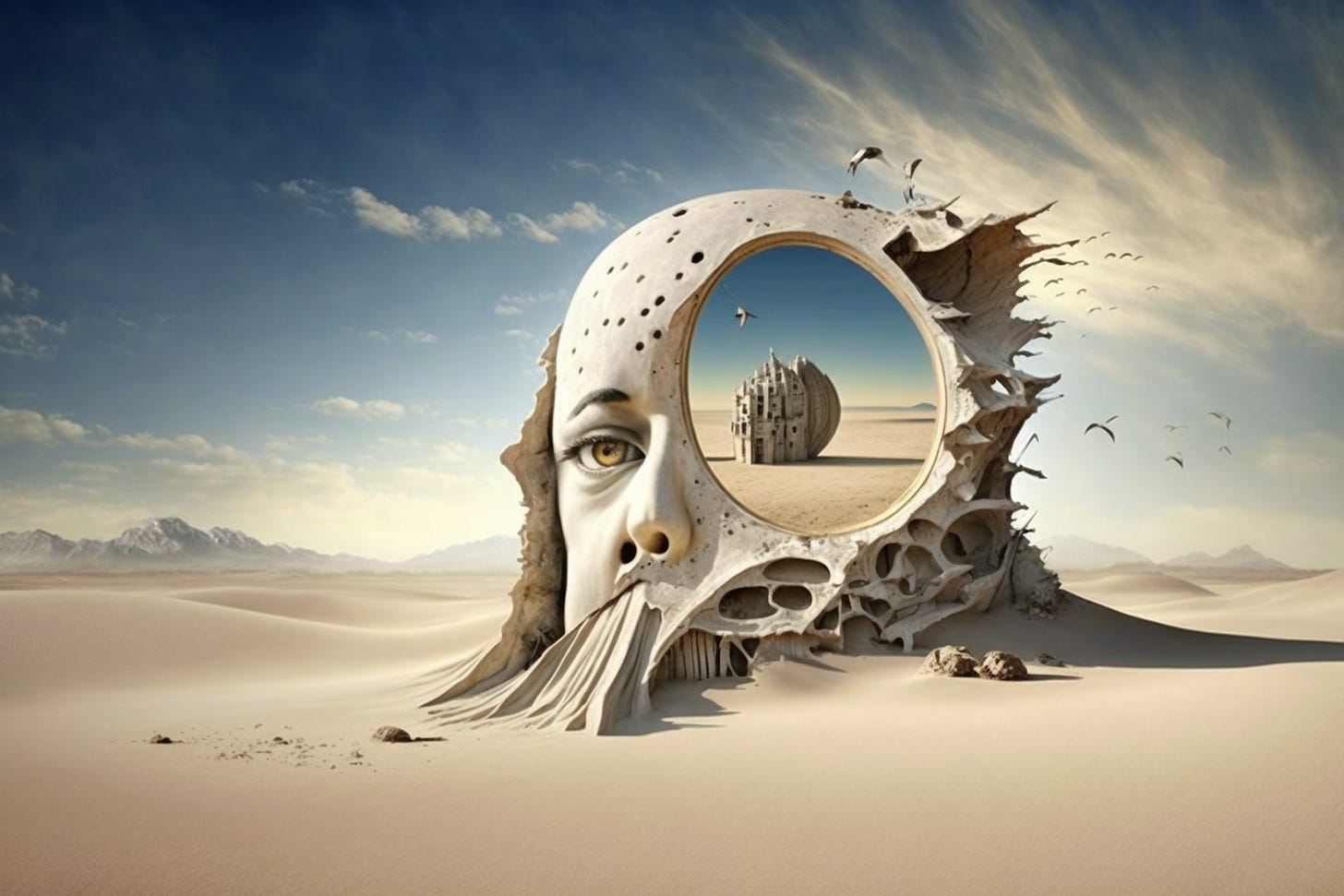What is Surrealist Art
Exploring the Intricate World of Surrealist Art and its Concepts
Surrealist art is a type of avant-garde, abstract art that emerged in the early 20th century. It was developed by a group of European artists who sought to use their artwork as an expression and exploration into subconscious ideas and dreams through intense imagery. Surrealism attempted to bridge the conscious world with its dreamlike counterpart; it often used techniques such as juxtaposition, irrational scale relationships between subjects, and unexpected elements appearing together which would not normally be associated within reality (such as anthropomorphic animals or still life objects).
The movement began in 1924 when poet André Breton wrote his Manifesto for Surrealism – this document laid down some key principles about surrealistic thought processes: “Pure psychic automatism” – writing or drawing without any intention other than trying to tap into one's deepest thoughts. This idea has been seen throughout the history of surrealist artworks since then – many pieces have strange shapes and forms which make them appear unreal whilst also attempting to capture moments from one’s inner consciousness. These works are often considered unsettling but highly imaginative at once because they explore emotions beyond traditional boundaries while also provoking viewers' own interpretations.
The most famous example of surrealism dates back centuries before even Breton – Bosch’s "Garden Of Earthly Delights". Painted sometime around 1500 CE, Bosch carefully blends both fantasy creatures with religious symbolism all set against lush green backgrounds populated by Adam and Eve like figures engaging in activities usually banned according to biblical standards, making it hard to classify what exactly is happening on the canvas. Two contemporary painters renowned for incorporating these concepts were Salvador Dali (Spanish) and Max Ernst (French); using new approaches like biomorphosis where organic shapes become unpredictable yet somehow harmonious structures, creating powerful illusions typical amongst mid-century modernists aesthetically speaking. Rene Magritte utilized simple, everyday objects placed in contextually illogical locations, producing paradoxical scenes representing our complex understanding of existence itself, thus giving rise to tautological statements regarding the perception of worldly matters. This served to provide psychological insights into the human condition that offered a perspective into mental states that would otherwise be difficult to grasp. Through a combination of vivid colors, playfully arranged designs, and bizarre characters, the art that was produced offers visual depictions of internal musings that could be understood and intellectualized at a level that society can recognize and appreciate.
One particularly famous example from Surrealism is “The Persistence Of Memory” by Salvador Dali (1931). The painting features several melting clocks floating on an eerie landscape with blue-green waves crashing around them as flying ants crawl up their sides. This piece creates an unsettling atmosphere filled with mystery about time's endless cycle of existence.
Another well known work from Dali was his 1937 piece titled "Soft Construction With Boiled Beans" which depicted human figures being torn apart like paper dolls suggesting war atrocities against humanity during this tumultuous period in history when fascism had taken over Europe at the beginning of World War II.
Other renowned pieces include Max Ernest's 1938 painting “Europe After Rain Storms". This highly detailed work portrays a mystical forest full of mythical creatures such as dragons amidst bright colors. He created the work using oil paint mixed together into mesmerizing patterns across the canvas’ surface while subtly hinting towards political struggles happening throughout the European continent at that specific moment in time.
All these examples show how powerful visual expression can be for communicating ideas without having to say any words whatsoever – something all too important especially during times where it seems impossible to express ourselves openly due to overwhelming uncertainty or fear. These surrealist paintings remind us that we must keep living life to the fullest despite what stands in our way.




